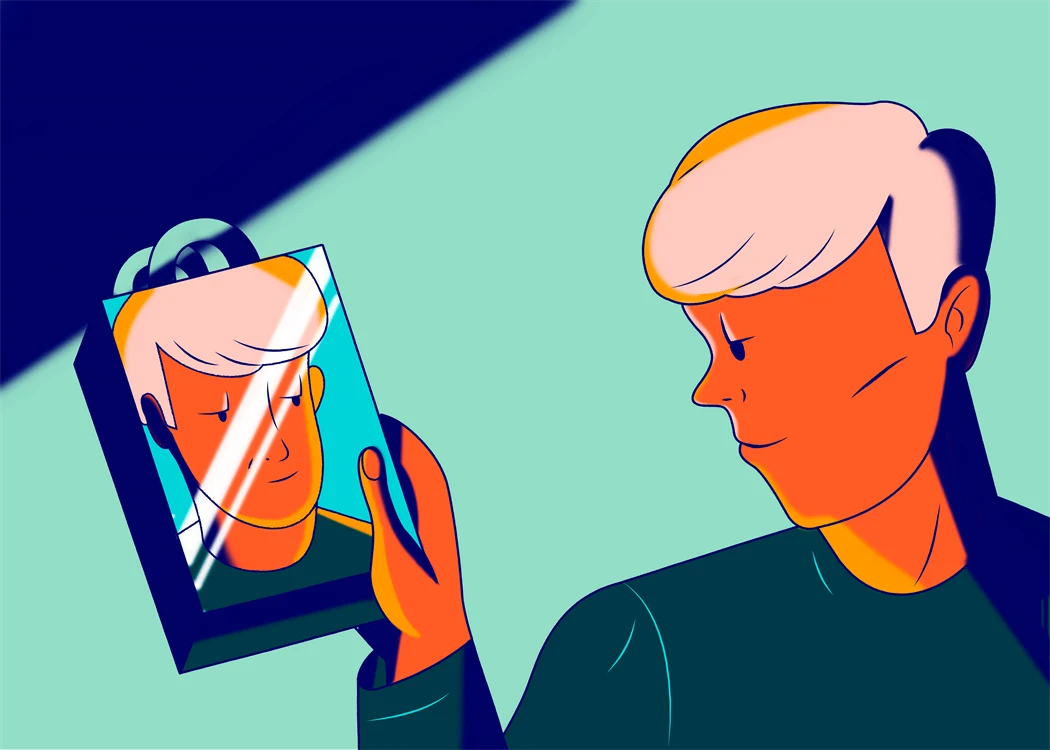Sixty-six per cent of the 335 packaging professionals who participated in a 2018 UK study by Packaging Innovations and ThePackHub said that the personalisation of packaging is something they are currently implementing into their offering, or at least considering.
Among the main benefits identified with the customised printing and packaging trend, were an increase in consumer engagement and higher brand awareness. Nearly two-thirds of those interviewed felt that personalised packaging increases sales and over half of the respondents felt that personalisation projects have a positive impact on consumer loyalty.
Those who had not undertaken such packaging projects listed financial constraints and the perceived cost of personalised packaging as being the main obstacles. Technology, for the most part, is no longer seen as a hindrance to personalised packaging.
“With the creation of new technologies, such as digital printing and new graphic solutions, we are enabling brands to tell unique individual stories”, says packaging veteran Jose Gorbea, HP Graphics EMEA Head of Brands & Agencies. “The craft era is coming back, and you see it in other markets as well, like beer where small brands are out crafting their own versions to fit individual tastes and interests.”
The latest digital printing technology makes it far easier to cater to the demands for personalised packaging. New digital presses can print on a wide variety of substrates and offer quick and easy changeovers. Printing digitally on demand also generates much less waste – a 15-30 per cent reduction, according to Gorbea.
“With the creation of new technologies, such as digital printing and new graphic solutions, we are enabling brands to tell unique individual stories”.
— Jose Gorbea.
Another advantage of digital printing is the ability to print things overnight and tailor the content to what influencers, bloggers and others in social media are talking about. Digital printing also makes it possible to generate what gets talked about on social media. Take the campaign for Café Pelé, a brand of Brazilian coffee. The first page of the daily Estado de São Paulo newspaper was printed on Café Pelé’s coffee bags overnight and approximately 5,000 bags of coffee were distributed all over the country first thing the following morning.
“Café Pelé was losing territory to Starbucks, which was promoting the freshness of its coffee,” explains. To regain territory, the coffee brand teamed up with the daily newspaper and printed the packaging on demand on an HP Indigo digital press to show how their coffee was as fresh as the daily news. “This created a buzz in social media (attracting more than 100,000 Facebook interactions) and sales quadrupled!”
This didn’t happen in the past with analogue printing, says Gorbea. “The speed and reactivity of digital printing allow brands to be very smart and become a bigger story.”
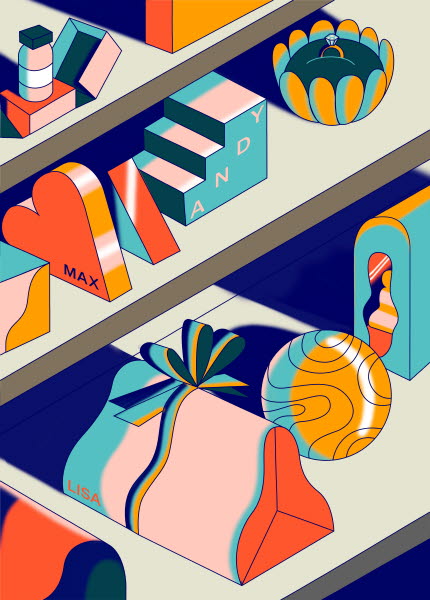
HP has identified six main drivers for the growing trend in personalisation: Letting it all hang out, bringing bonds to life, fingerprinting, flying your flag, permission to indulge, and mindful materialism.
Letting it all hang out is about sharing on social media to feel connected. Bringing bonds to life has to do with strengthening a relationship by celebrating it through, for example, a personally designed package for a box of biscuits.
Fingerprinting involves creating a message on an item that becomes an extension of the people themselves. For example, consumers were able to personalise a Lays chip bag by uploading a photograph of a “summer moment of fun” via Facebook. “Instead of eating the chips, people saved their bag as a trophy,” says Gorbea.
Flying your flag symbolises bringing people together as a community. Scottish company Irn-Bru offered more personalised soft drinks by digitally printing Scottish clan kilts on bottles, which grew its market share by 10 per cent. “The bottles were uniquely linked to families and people bought as many bottles as they could. Imagine their pride hosting a party with them,” says Gorbea.
Innovative campaigns made possible by HP Digital Print
Cookies
The Oreo Colorfilled campaign turned the iconic cookie’s wrapper into a canvas for imagination and personalisation during the holiday season.
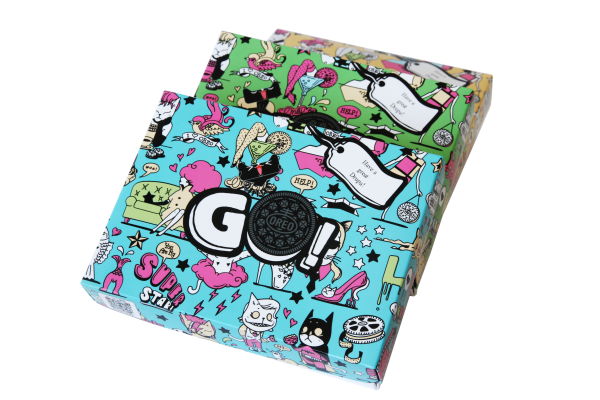
Chewing gum
Unique packs created for Japanese chewing gum brand Xylitol, who celebrated their 20th anniversary in 2017.

Bottled water
HP Digital Print supported Danone’s Aqua d’Or brand along the consumer journey.
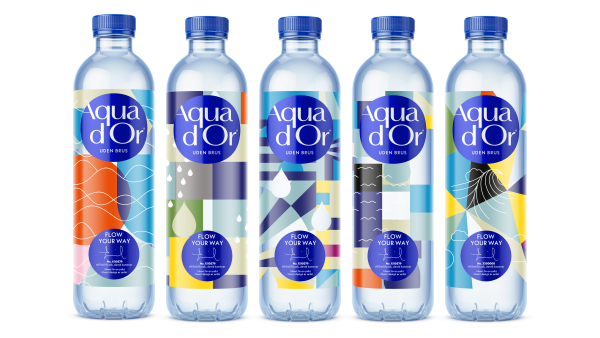
Liqueur
Indigo print technology made the Amarula liqueur campaign possible.
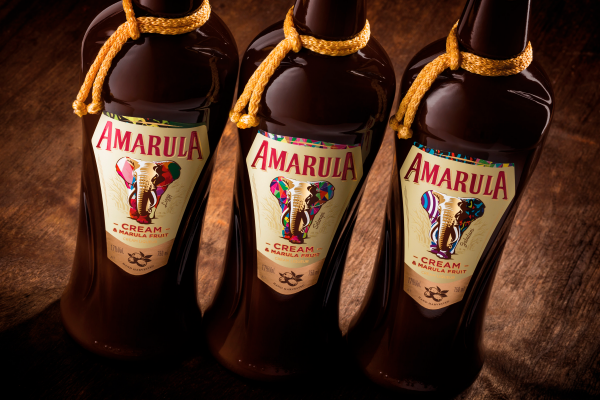
In Israel, 2 million unique “Origamoo” chocolate wrappers were produced that could be folded into a different origami cow for a fun experience and an additional reason to buy chocolate – or permission to indulge. “Collectability,” says Gorbea, “is a huge driver of purchases.”
Of all of the drivers for personalisation, however, Gorbea believes that mindful materialism, which is all about lowering one’s footprint and more thoughtful consumption, will grow the most. He cites a campaign with South African liqueur producer Amarula, whereby 400,000 unique labels were printed with one-of-a-kind elephants. The campaign was designed to raise awareness of the endangered species, with a portion of the purchase price going to a charity for elephants. While doing a good deed, the brand also grew its sales by a walloping 139 per cent.
“Mindful materialism is one of the smallest drivers of personalisation today, but we expect it to be the largest because all brands want to do this,” says Gorbea.
Younger generations are latching onto the personalisation and co-creation trend the most. In the HP study, at least 50 per cent of Millennials and Generation Z expressed a desire for personalised products. “The younger you are, the more you want personalised products,” Gorbea says. Baby boomers, on the other hand, tend to be less affected by the trend.
“The smartphone has made younger generations a bit narcissistic. They get this sense of belonging by taking selfies, sharing their stories, and being constantly connected to the world around them," says Gorbea. “People buy a gift that is personalised, and they immediately take a picture and post it online. It’s human nature to have a higher intrinsic value on things that are uniquely tailored to you, and it’s the same thing with the personalisation of a message or an item.”
A Trident chewing gum campaign in Mexico, for example, was celebrated on social media with 30 million social media impressions being shared. For the campaign, Trident invited consumers to send pictures of their Mexican hometown, which were then printed on Trident packages. “We printed millions of personalised Trident packs,” says Gorbea. “It made Mexicans feel more passionate and prouder about their country.”
Making such campaigns work naturally presents challenges, particularly from a supply chain perspective, says Gorbea. It’s important to provide brands with solutions that do not require them to adjust their supply chains, he points out. “Sometimes the artwork and stories are unique, and if you produce 10 million you need to make sure as a company that you can deliver the right artwork to the right location.”
Gorbea believes that, in the future, the link between artificial intelligence (AI) and personalisation or pre-personalisation will become even stronger. “Brands will offer solutions without the consumer having to go through the process of personalising themselves,” he says. “You can serve consumers with solutions based on stories they like and share and the influencers they follow. Big Data through AI will help us serve solutions, with pre-personalisation becoming even more convenient.”
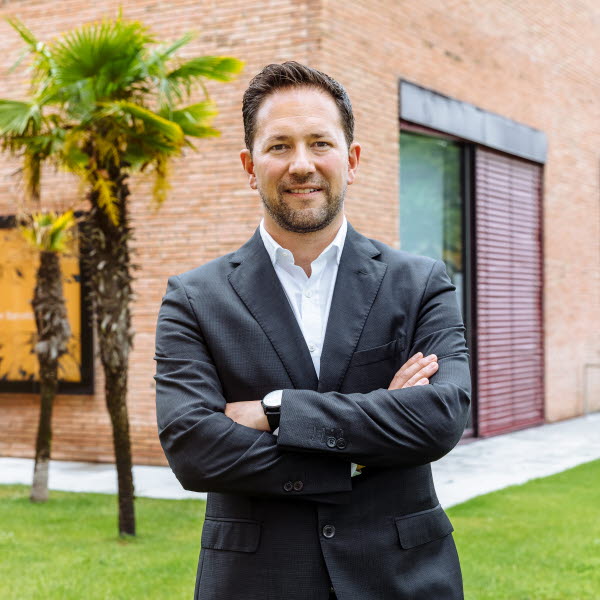
Jose Gorbea.
Sustainability will also continue to be a priority, with substrates becoming more sustainable, he adds. “The more organic the material is the higher a priority to print on that substrate. We may see packaging created out of the peel of a banana or other fruits and vegetables, and packaging solutions that are fully compostable. Organic substrates are going to be one of the biggest trends in years to come.”
Gorbea advises companies to really think about personalisation when designing strategies and marketing plans as a way to maximise impact. “The train has left the station so the sooner the better,” he warns. “We know that consumers prefer brands that offer personalised solutions as opposed to generic ones.”
Created 28 November, 2019.


